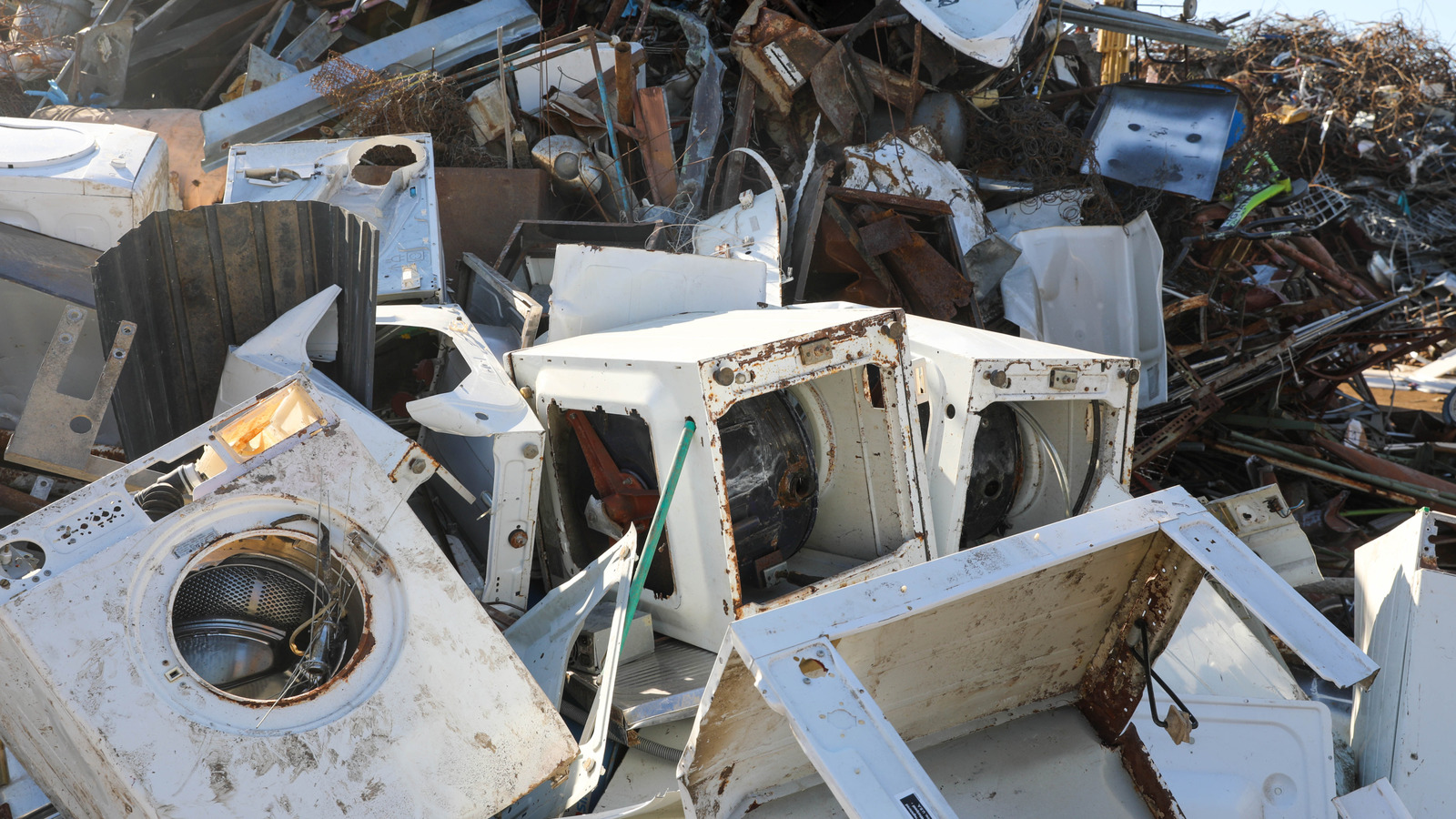As homeowners embark on the exciting journey of a kitchen upgrade, a familiar logistical challenge often emerges: what to do with the old kitchen appliances? Beyond simply discarding them, the responsible and environmentally conscious choice lies in proper appliance recycling. This guide will navigate the intricate, yet crucial, process of ensuring your used refrigerators, ovens, and dishwashers are disposed of in a manner that benefits both your home and the planet, irrespective of your geographical location.
The imperative for responsible appliance recycling extends far beyond mere convenience; it is a critical component of sustainable waste management. These large household items contain valuable metals, plastics, and other components that can be recovered and repurposed, significantly reducing the demand for new raw materials. Equally important is the safe handling of potentially hazardous substances, such as refrigerants in old fridges and freezers, which can contribute to ozone depletion and climate change if improperly released. By opting for certified recycling channels, we prevent these materials from contaminating landfills and ensure their responsible processing, fostering truly eco-friendly living.
Identifying the correct avenues for recycling your old appliances often depends on local infrastructure. Many appliance manufacturers offer take-back programs, especially when you purchase a new unit, providing a seamless transition for your old one. Additionally, a growing number of municipal waste management services include specific provisions for large appliance collection, sometimes requiring scheduled pick-ups or designated drop-off points. It’s advisable to check your local government’s waste disposal website or contact your waste management provider directly to understand the specific services available in your area.
For those living in regions without direct manufacturer or municipal programs, certified private recycling centers present a robust alternative. These facilities specialize in the deconstruction and material recovery of appliances, adhering to stringent environmental standards. Before transportation, however, preparing your old appliance is paramount. This involves safely disconnecting it from all utilities, removing any food residue, and, critically for refrigerators and freezers, ensuring that refrigerants are professionally removed by a qualified technician to prevent harmful emissions. Such meticulous preparation streamlines the recycling process and enhances its efficiency.
The benefits of proper appliance recycling ripple through the economy and society. Beyond environmental protection, it fuels a burgeoning recycling industry, creating jobs in collection, sorting, and material processing. By diverting significant tonnage of waste from landfills, it reduces the need for new landfill sites and conserves valuable natural resources. This collective effort contributes directly to the principles of a circular economy, where resources are kept in use for as long as possible, extracting the maximum value from them before responsible recovery and regeneration.
Empowering consumers with practical, actionable advice is key to promoting sustainable practices within the household. While the process of recycling large kitchen appliances might initially seem daunting, understanding the available options and the simple steps involved in preparing items for disposal can demystify the task. Making an informed decision to properly recycle your old appliances is a tangible step towards enhancing your home’s eco-footprint and contributing to broader environmental stewardship, simplifying what can often be a confusing aspect of home improvement and waste management.
Discover more from The Time News
Subscribe to get the latest posts sent to your email.






